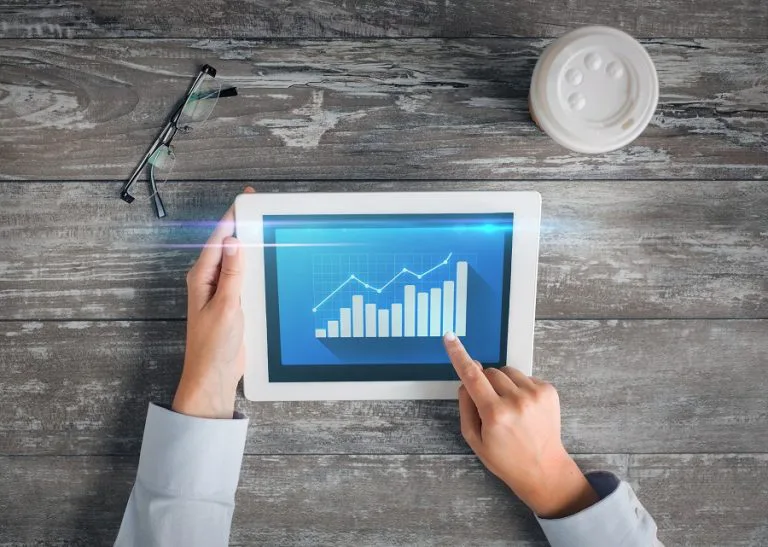

If you’re the owner of a small to medium-sized business (SMB), you have a lot of responsibilities to juggle. There are many potential pain points that can negatively impact profitability. Fortunately, there are tools available to help you get a handle on some of those pressures. One such tool is a people counting solution that will track the number of customers who enter your store. Here are just a few of the SMB pain points that retail foot traffic statistics from a people counting solution can help solve.
“I can’t tell if we’re making money or losing money.”
A key metric to use when determining the success of your business is sales conversion rate — the percentage of potential customers who actually buy something. To calculate sales conversion rate, you need retail foot traffic statistics so you can divide the number of sales by the number of people who entered your store during a given time. A low sales conversion rate means a lot of potential revenue is literally walking out the door. Once you have your store’s sales conversion rate, you can start figuring out how to convert more shoppers into buyers, by taking actions such as reducing checkout wait times or making sure popular items are in stock and easily accessible. What constitutes a “good” sales conversion rate will be different for every store; but to find those numbers, you need to start with a people counter.
“I need help figuring out how to schedule my staff effectively.”
Staffing decisions require finding the right balance, as both overstaffing and understaffing can have long-term negative consequences for your bottom line. If you have more sales associates than you need to assist smaller numbers of customers, you’re losing money on unnecessary labor costs. If you don’t have enough associates available during high-traffic periods, you could lose potential sales because customers can’t get assistance or don’t want to wait in long lines. Retail foot traffic statistics will reveal the busiest and least busy times of day, week, month, or year. You’ll be able to see, for example, that you get the highest number of shoppers on the first day of the month, or that fewer people come in on weekdays before noon. This information will help you schedule your staff accordingly, so you can save money and ensure good customer service.
“I want to attract more people to my store.”
Since retail foot traffic statistics will show you the slowest days and shifts at your store, you can work on ways to draw more people in during those times. For example, if your SMB is mostly empty on weekday mornings, you could try offering “early bird specials” such as a 5% discount before 10 a.m. Your people counter will help you determine whether this approach is successful. You can also A/B test promotional efforts. For instance, you could schedule in-store demonstrations of a new product on Wednesday at 7 p.m. and Saturday at noon, and let your people counter tell you which demo drew bigger crowds. You can use that information to plan future events.
Retail foot traffic statistics have a variety of uses and can help you make informed decisions about many aspects of your business. Investing in a people counter is one way smart SMB owners can eliminate pain points and increase profitability.